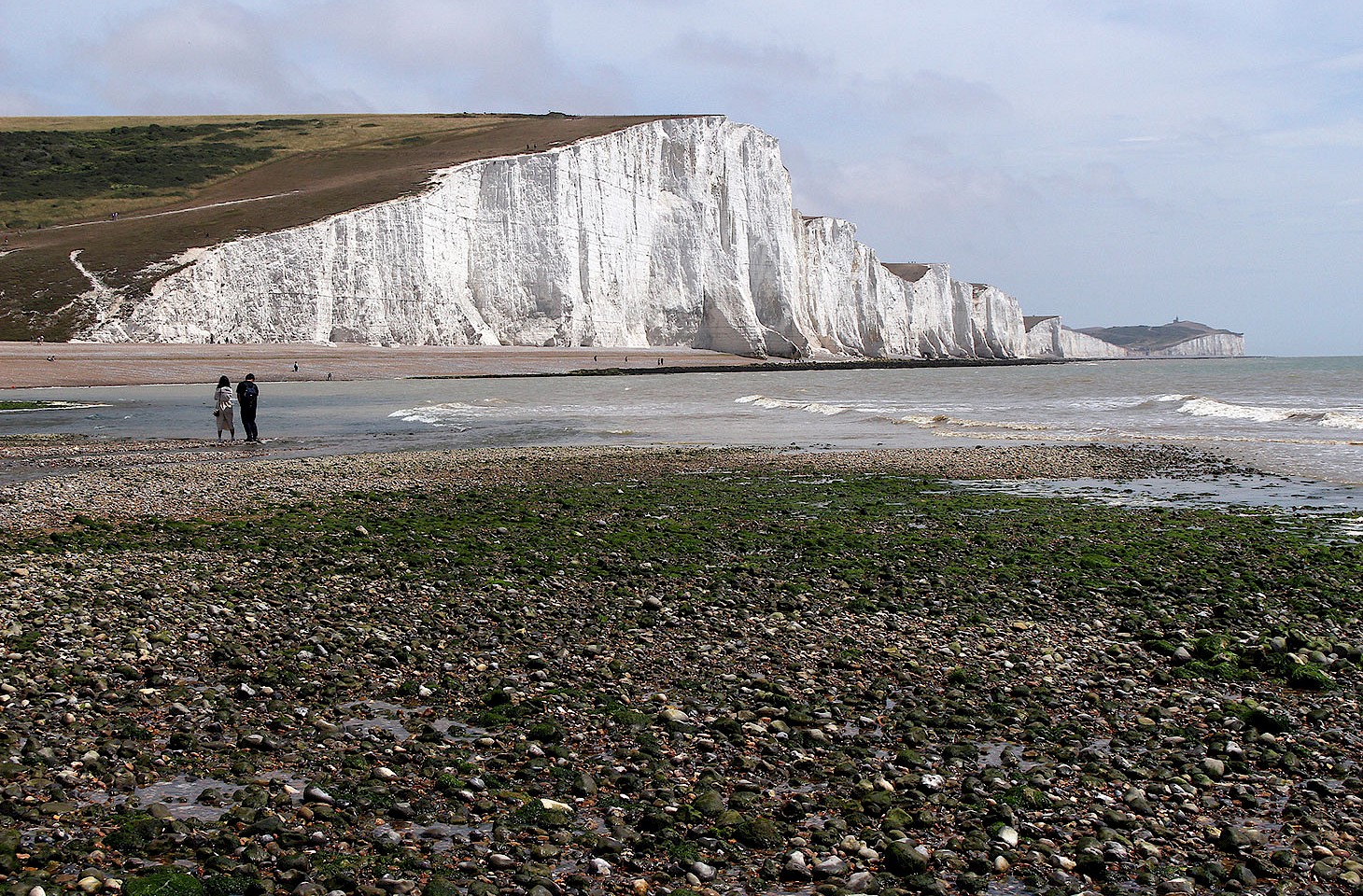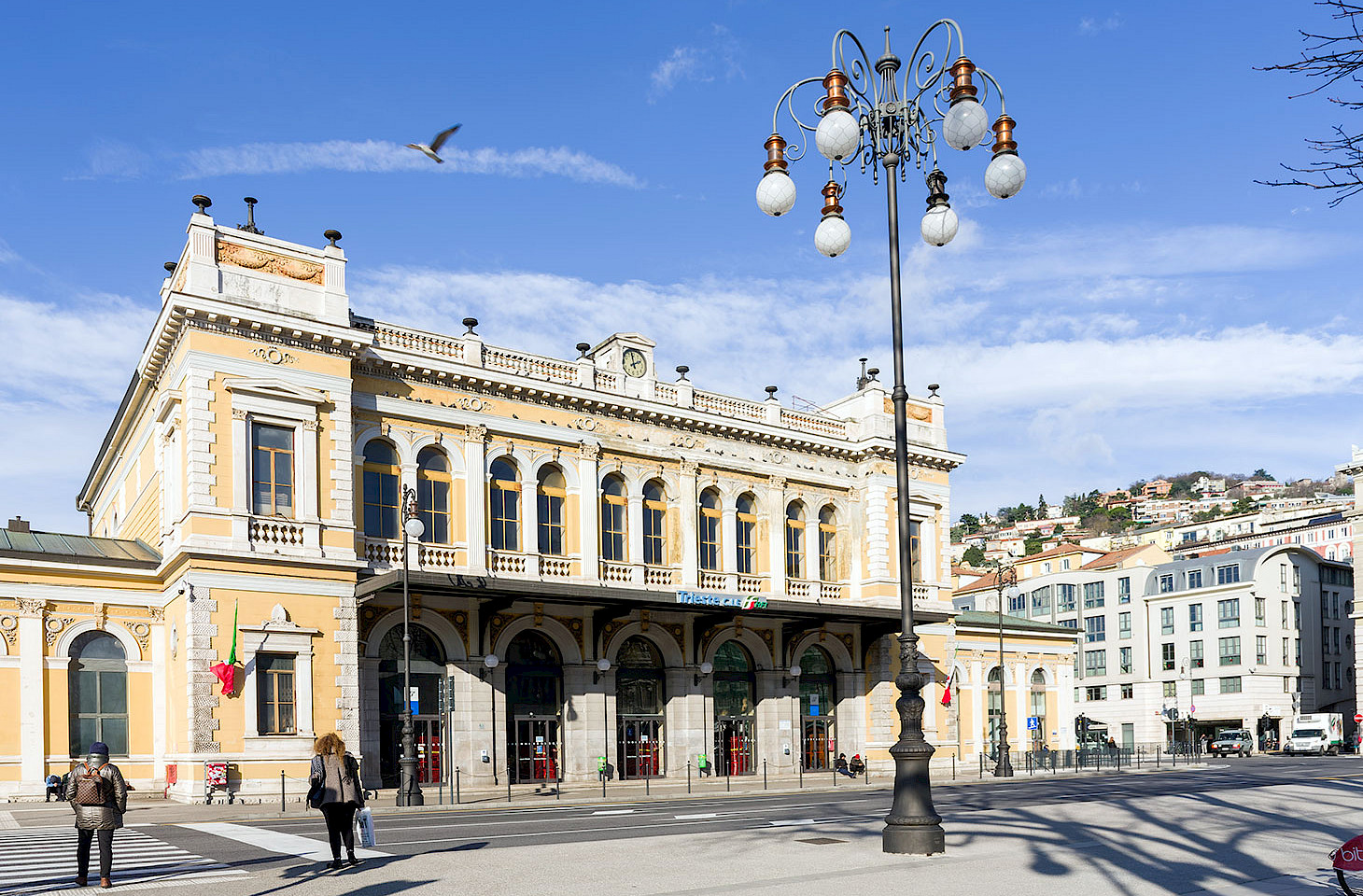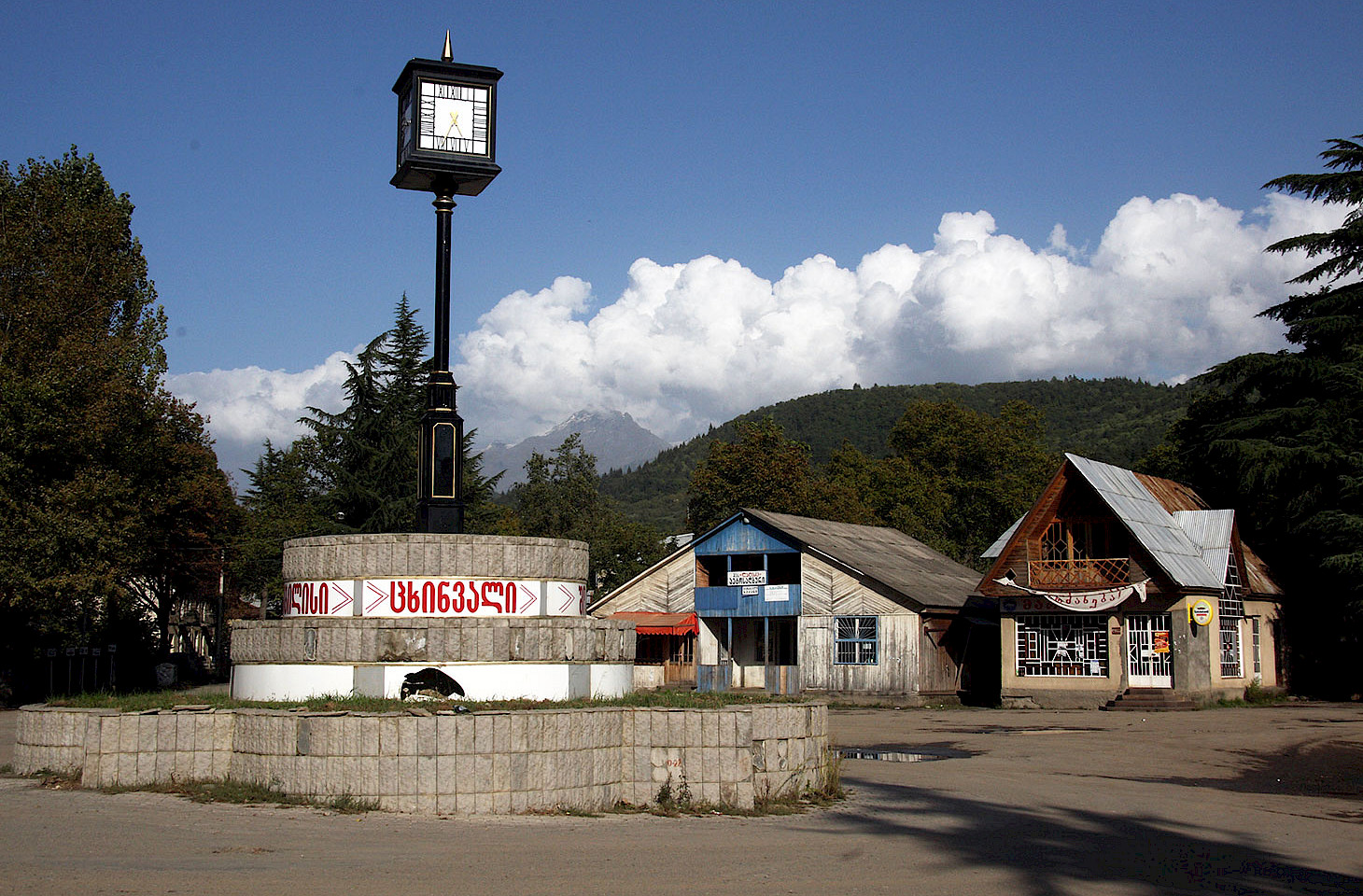There is a demonstration blocking the main road. The chickens, it seems, are not inclined to move. On the side of the carriageway, a sign announces the place name. ‘Dallas’ is spelt out in six bold letters. Against a background image of a street, devoid of humans but occupied by chickens, the fading advertisement communicates the intelligence that Macallan whisky is “No 1 in Dallas.”
Dallas is a small village in Morayshire, a string of cottages along a country road where the high-tension power lines cross the valley of the River Lossie. Seymour makes a slight grimace at any mention of those overhead cables, remarking instead on the quality of the fishing in the Lossie and other local rivers.
Seymour Monro is a wonderful ambassador for Moray, taking care to make sure that newcomers correctly pronounce the county name. “Mur-ree,” he says. “Not More-ray.” Seymour lives in the Old Manse just south of Dallas, the luxuriant foliage in his well kept garden conveniently obscuring the power lines.
Macallan’s canny advertisement, nicely linking Dallas in Morayshire (“population 203” they say in the ad) with the eponymous community in Texas, dates from a period when Macallan whisky was barely known outside Scotland. Macallan’s transformation from obscure Scottish distillery into a premier-league global brand, these days managed from the company’s boldly styled new headquarters above the Spey near Craigellachie, has helped put Moray on the map.
“Moray was of course always on the map,” Seymour adds, taking out a map upon which he had drawn the boundaries of the area in which, in his role as Lord Lieutenant of Moray, he acts as the official representative of Her Majesty the Queen. It’s a largely ceremonial position, but Seymour is quick to note that he and his lieutenancy team (14 in all including Seymour, seven men and seven women) have been very proactive during the pandemic, doing all they can as volunteers to keep alive the affirming flame of community spirit across the county.
“Always on the map,” Seymour repeats. “But not always with the same boundaries.”
Cast back to the late 18th century and the Scottish province of Moray reached far into the Grampians. “Moray extended to the head of Loch Lochy, on the borders of Lochaber,” wrote Lachlan Shaw in 1775 in the first definitive history of the province of Moray. “Loch Ness, with the glens around it, was in the country of Moray,” Shaw asserted, so laying claim to a vast swathe of Highland territory.




